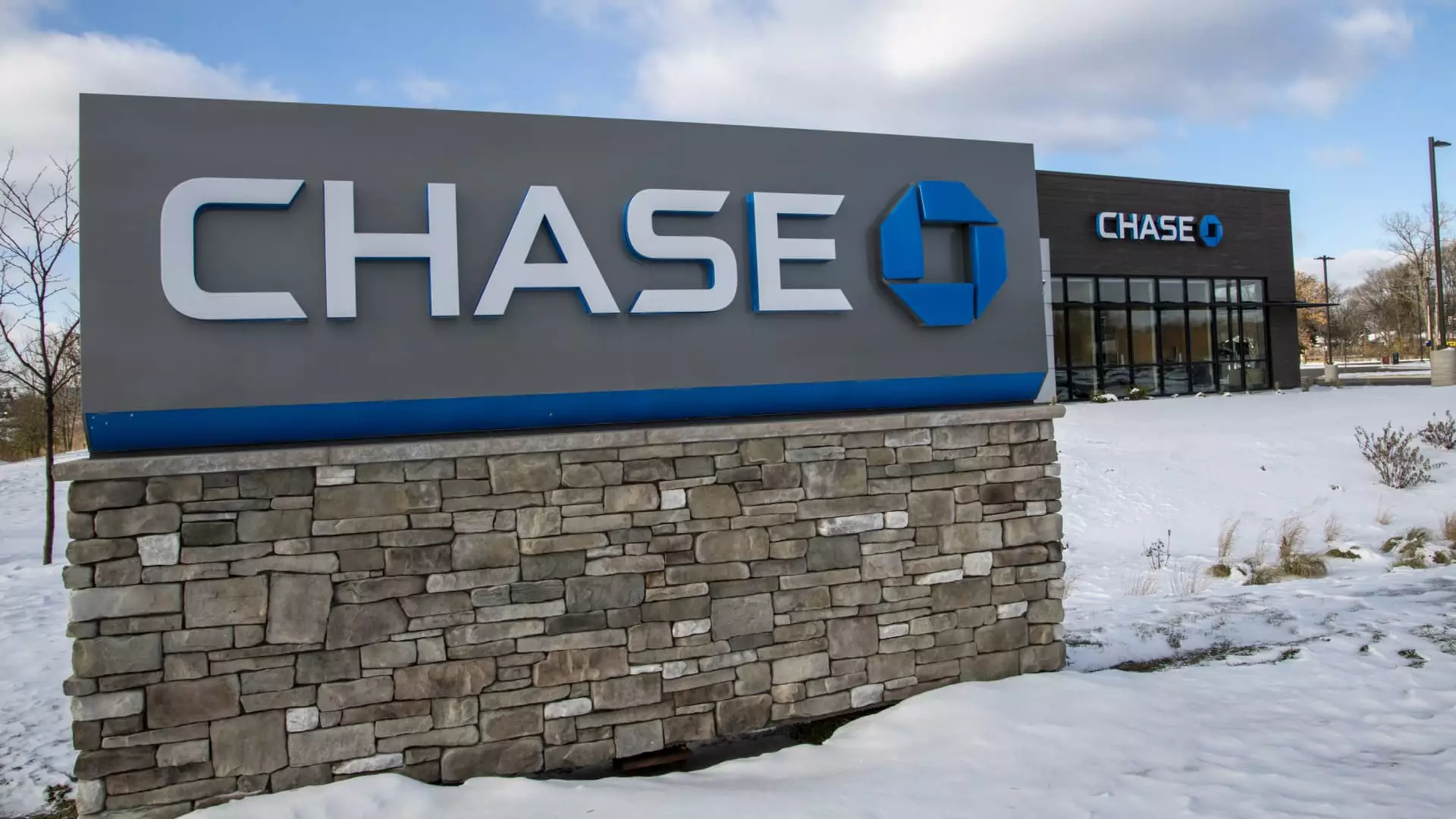JPMorgan Chase, the first bank with a branch in all 48 contiguous states, is now turning its focus towards reaching more Americans in smaller cities and towns. The firm recently announced a new goal within its multibillion-dollar branch expansion plan to ensure coverage within an “accessible drive time” for half the population in the lower 48 states. This new approach entails opening new locations in areas that are less densely populated, a strategic move emphasized by Chairman and CEO Jamie Dimon.
Dimon, on his 14th annual bus tour, made Iowa his first stop, with plans to open 25 more branches in the state by 2030. Dimon emphasized the firm’s commitment to community development, aiding small businesses, and providing financial management skills. Jennifer Roberts, CEO of Chase Consumer Banking, revealed plans to open over 125 new branches across Minnesota, Nebraska, Missouri, Kansas, and Arkansas. The goal is to achieve an “optimal branch share” in these markets, often double the current levels.
While the broader banking industry opts to shutter branches due to funding costs, JPMorgan is expanding its brick-and-mortar footprint. The bank is defying trends by focusing on physical branches as a key component of its growth strategy. Despite the macro pressures faced by the banking sector, JPMorgan is determined to enhance its physical presence as a means to optimize its investments in underserved communities.
Strategic Location Prioritization
Roberts explained that JPMorgan’s branch expansion strategy involves a delicate balance of art and science. The bank considers various factors when prioritizing locations, including population growth, the presence of small businesses, new corporate headquarters, emerging suburbs, and new infrastructures like roadways. Even in smaller cities, foot traffic plays a crucial role in determining the viability of opening a new branch.
The Profitability Factor
Despite the industrywide challenges faced by the banking sector, JPMorgan reported a record $50 billion in profit in 2023, making it the most profitable bank in the U.S. This financial strength allows the firm to allocate resources towards physical branches, while other banks exercise caution and prudence in their expansion strategies. JPMorgan’s profitability positions it uniquely to pursue aggressive branch expansion initiatives.
JPMorgan Chase’s branching strategy sets it apart from the rest of the banking industry. By focusing on reaching underserved communities in smaller cities and towns, prioritizing strategic locations, and defying industry trends by expanding its physical footprint, the firm is positioning itself for long-term success. Dimon’s vision for community development and financial inclusion, coupled with Roberts’ strategic execution, demonstrates a unique and innovative approach to branch expansion in the banking sector. As JPMorgan continues its journey to enhance its branch network, it remains a beacon of growth and opportunity in the financial services landscape.

Leave a Reply